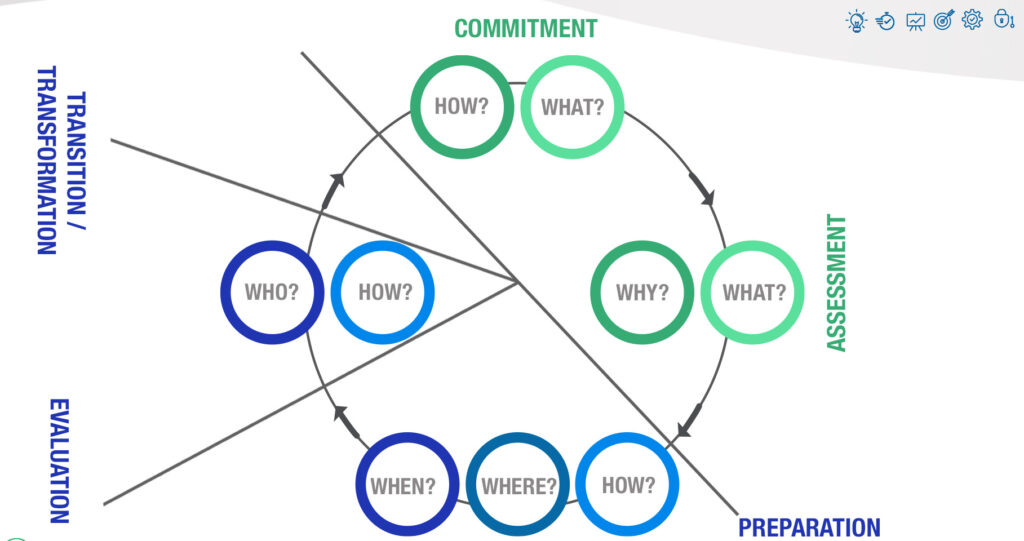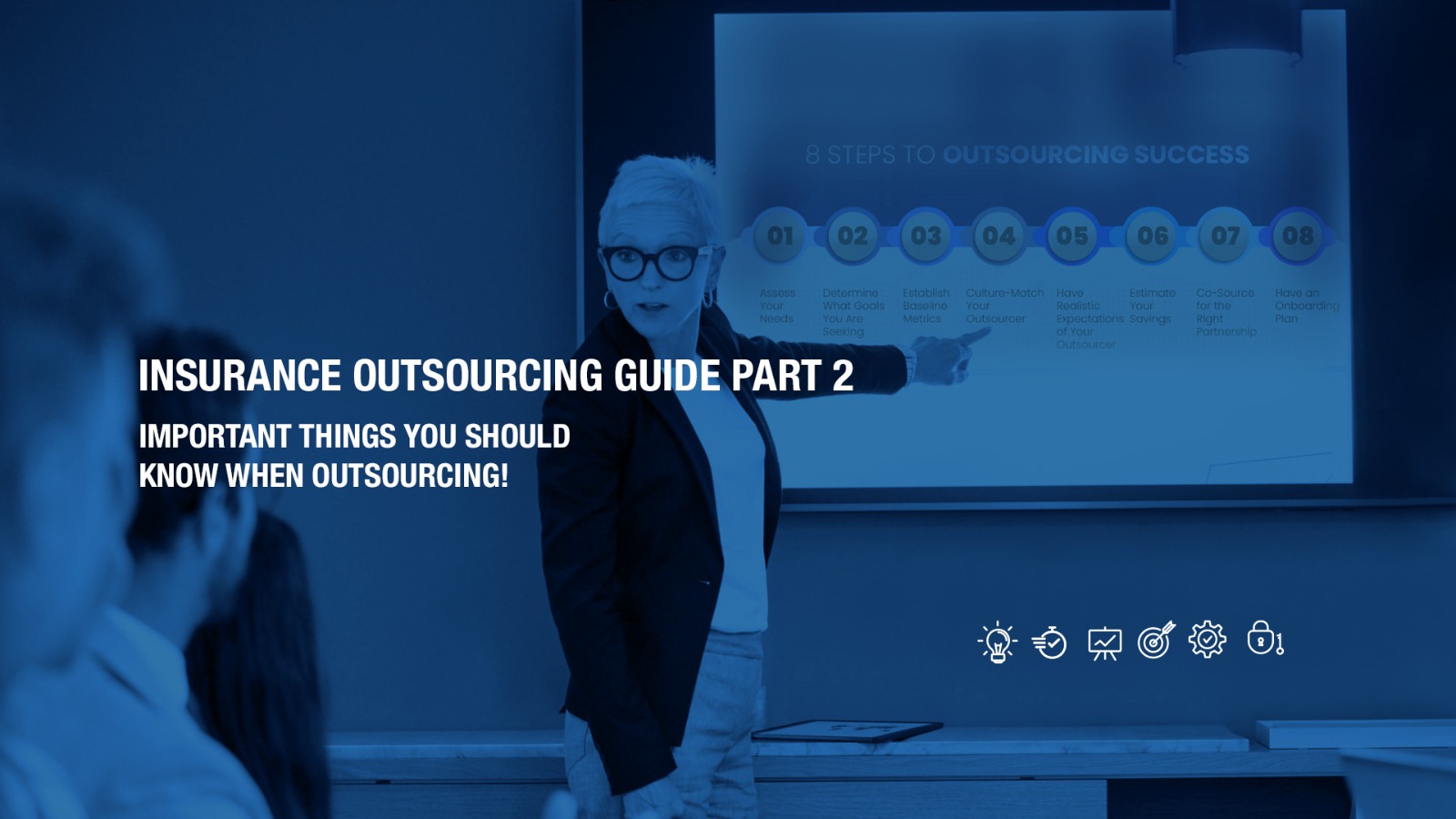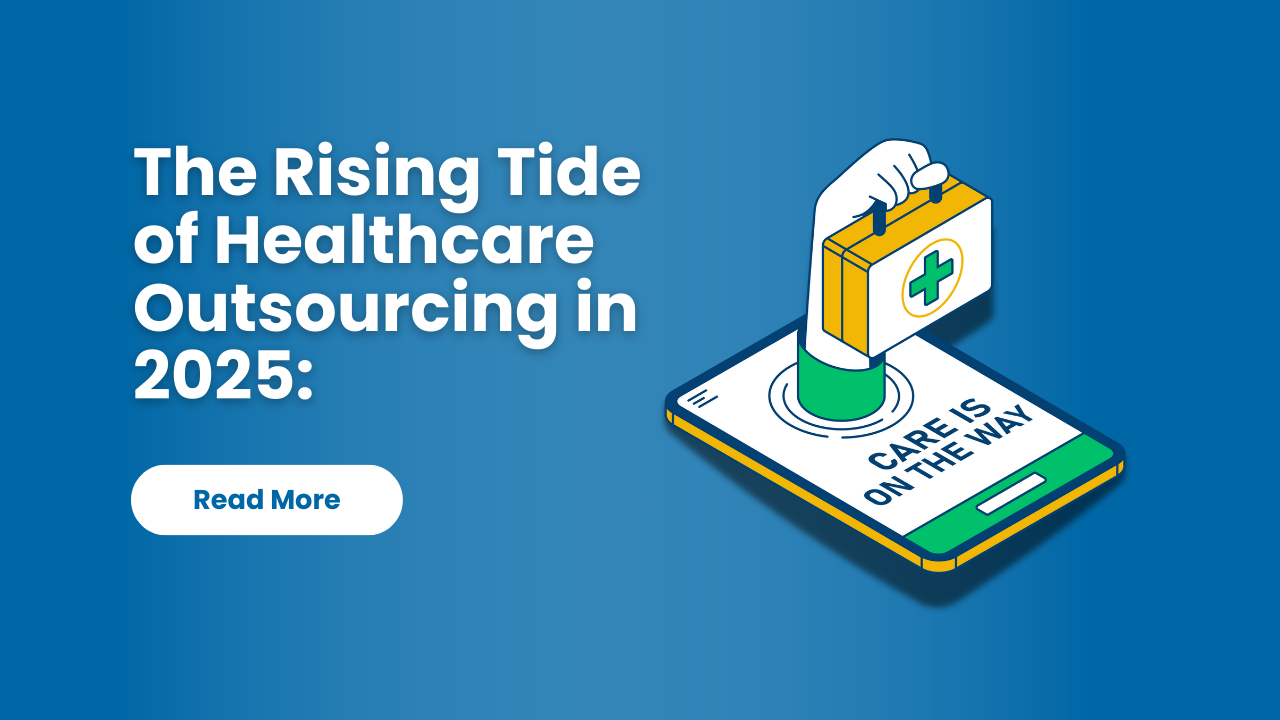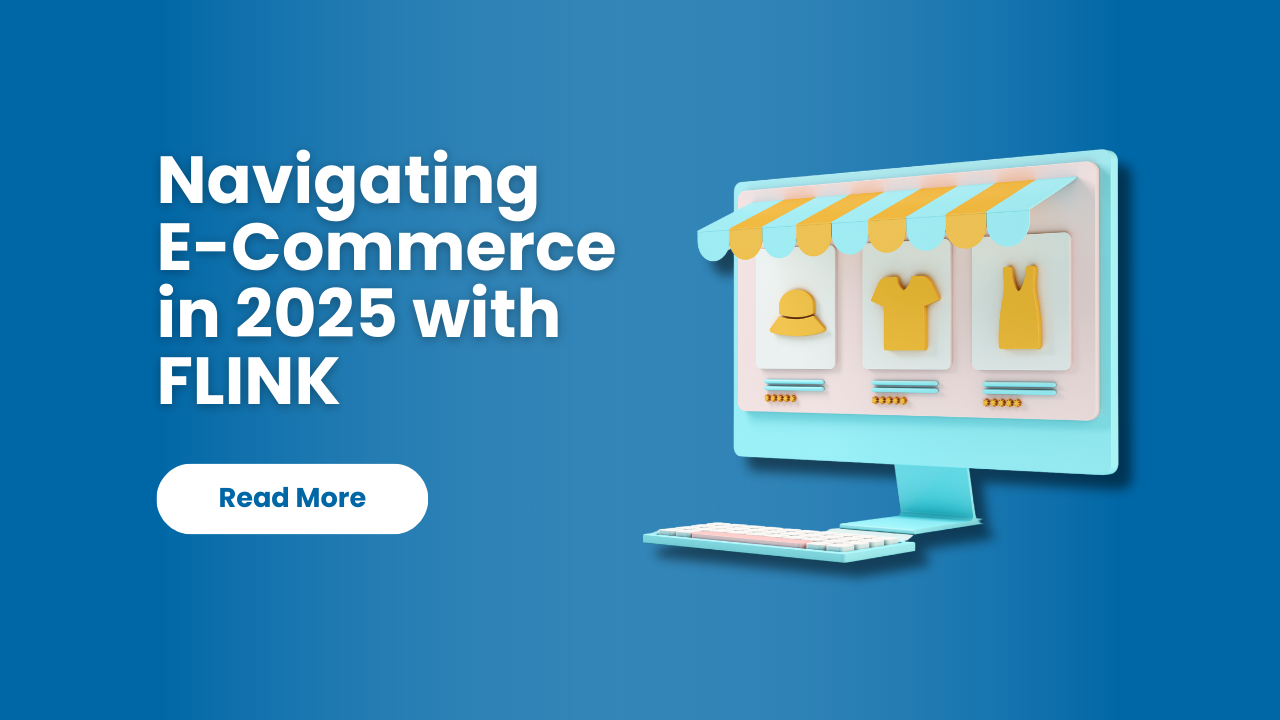As we have mentioned in our previous blog of this 2 blog series, there are 5 stages that contribute to creating the lifecycle of outsourcing. In chronological order, those five stages are assessment, preparation, evaluation, commitment, and transition/transformation. We have tackled some of the WH questions in our earlier blog. This blog will tackle how and who.
How?
An important question that needs to be raised is how the company’s structure can be shifted to know how to work with an outsourcer. Firstly, the processes selected for outsourcing itself should be clear, well-measured, and based on data. It is advised that, instead of outsourcers working on their own, there has to be a single point of contact (also known as vendor management): this person, should be empowered by the company to make decisions, has to have a clear role, and everyone goes through them. This setup minimizes the risk of miscommunication, incorrect information, or conflicting priorities
Consequently, this person can facilitate or be responsible for: communication, sizing, knowledge, technological access, information, performance, and management on behalf of the company with the outsourcer, to avoid any conflict arising. On the other hand, the outsourcer should provide the same point of contact to the company outsourcing its functions. This point of contact should be capable of making quick, easy decisions.
The company needs to know how much access the outsourcer can have to the company’s information, for data security, not to mention compliance with regulatory/legal requirements.
When it comes to the transition phase, the company needs to have a clear, realistic launch plan; the company, also, needs to realize that it will take time to adjust/get the outsourcer ready. They need to have a training curriculum, and decide who will do the training. Additionally, it is important to set expectations for learning curves, alongside the need to have a project manager on each side.
The company in search of outsourcing, also, needs to decide and pick the resources of the outsourcer; do they hire talents or fresh graduates? Once all this is established, the outsourcer needs to know what is expected in terms of quality, ramp-up and sizing. This depends on time and resources.
Another essential perspective that needs to be deliberated is whether their service provider will measure and monitor their own quality rates (KPIs and SLAs) and report it to the company, or will the company manage this for them. If it is the first option, then the outsourcer would run their own quality checks and have their own quality setup. Another one is whether the company will be involved in the outsorcerer’s selection of new hires and any other operational setup.
The company, also, needs to decide the best-fitting model for outsourcing:
Full-time employees (FTE): this is the easiest model. This is where the company will get the dedication of the team, flexibility to address different scenarios, as well as room for development and innovation.
Hourly rate (per working hour) Transactional rate or (by handling and counting the number of calls taken): this is, in most cases, the biggest risk for an outsourcer, but the best for a company that has a functional rate of work. This, of course, depends on the nature of the outsourced operation.
It would work well for sales-based operations or a per-call setup. However, it can be challenging with back-office operations. When workload is in low volumes, the outsourcer will be buffering, because they will have a bulk of employees not working and on standby, waiting. Additionally, there is the successful rate factor for transactions; how many calls have to be successful? How much time is taken during each one? Is it project-based outsourcing (which is not permanent)?

Who?
The company needs to pick an outsourcer, who adds value, not just does the work; an outsourcer who helps the company improve its operations. The outsourcer will, also, need to be one that knows and understands the field of work the company is outsourcing, quite well.
Choose an outsourcer that best fits your needs, at FLINK we pride ourselves on the partnerships we’ve built with our clients over the years, we’ve always shown them the dedication, flexibility, and professionalism required for a successful partnership.
As a company that is looking for an outsourcer and is not sure which pick is the right one, an evaluation exercise can be done to test their capabilities and performance. This exercise will, also, show their strengths and weaknesses. A visit can be made to see the outsorcerer’s place, as well. Furthermore, it is advisable to assess their knowledge management tools and how they handle knowledge. Other ways include past experience, country, skills, and capabilities.
Tools and ways to discover a good candidate:
- Web searches/ads/social networks
- Referrals/client feedbacks
- Going through their services and case studies (seeing how they handle problems)
- Cloud sourcing: websites that offer forums, where you can post and generate solutions, such as Crowdspring, 99designs, BootB, MEDIAmobz, IdeaScale, Squadhelp, and InnoCentive
Finally, the service provider’s performance needs to be tested, based on both completion and quality rates. Furthermore, the company needs to be clear on which errors will be accepted as critical and which ones are non-critical. Which will be very important to the evaluation stage which will also set the groundwork for potentially transforming certain workflows or even deciding to change the service provider.
Other questions include: will the company do the quality-measuring process at the initial phase, or will they trust the outsourcer with it? What percentage of errors will be tolerated?
As part of our service offering at FLINK, we help insurance companies looking to outsource through all the mentioned 5 stages and answer all the questions that have been asked in this blog. Since we consider ourselves as partners to our clients and an extension of their team, accordingly their success is the heart of everything we do. If you’d like us to be part of your team and contribute to your success feel free to contact us.



